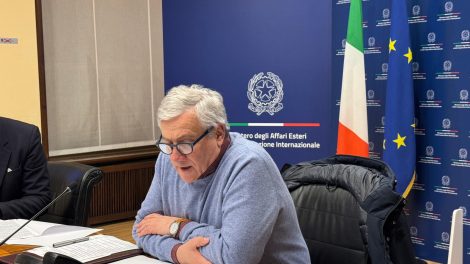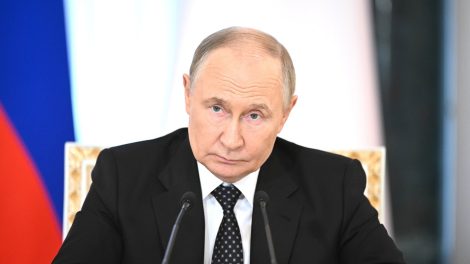Drafting a novel national security strategy. Last week, when it gathered to debrief the NATO Vilnius Summit, Italy’s Supreme Defence Council decided it would draw up a national security strategy – which the country needs to update, as security challenges become increasingly multi-dimensional and overlap with non-military domains.
- Council members “reiterated that, in the current and future international scenario, defence and security must be considered a common goal” for Italian institutions, which should operate “on a national security strategy, [to be] prepared by the Government and approved by Parliament.”
The time is ripe. Russia’s war of aggression against Ukraine and the ensuing knock-on effects (including the weaponization of gas supplies) jolted sleepy, NATO-reliant European countries into strategic overhauls. Italy, which has been ramping up its securitarian efforts in fields such as the economy and cyberspace, has decided to update its guidelines.
What to expect. As Fabrizio Coticchia (security expert and professor of political science at Genova University) noted in a Twitter thread, the upcoming strategy must point out the objectives that are vital to national security, identify the relevant areas of interests and instruments, define the scenario and the main threats.
- Such a strategy would “generally link up with previous or similar documents drawn up in multilateral frameworks (such as the EU, NATO, and the UN), referring to a detailed future strategic elaboration on certain (thematic or geographical) areas.”
- Parliament’s role and institutional synergies will be crucial, added the expert, noting that an ad hoc organisation – perhaps a new National Security Council – could help ensure the realisation of the document’s objectives.





